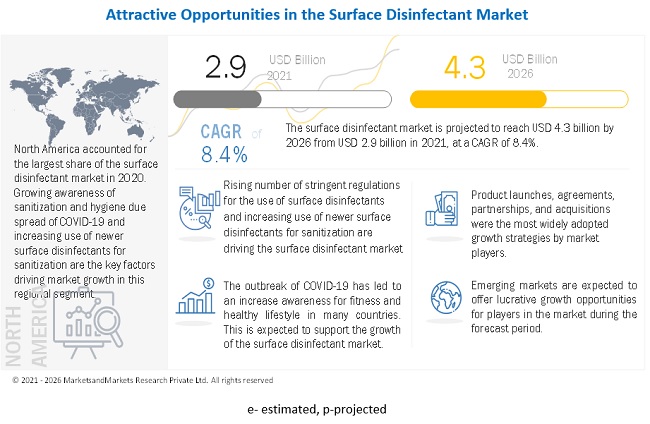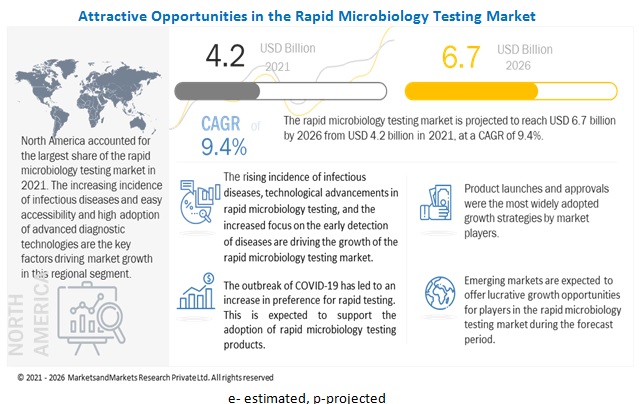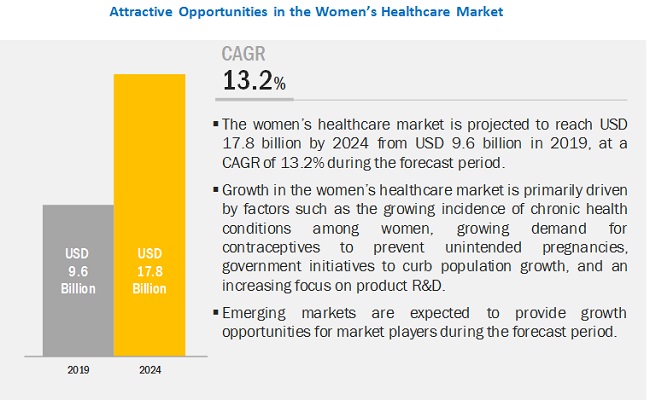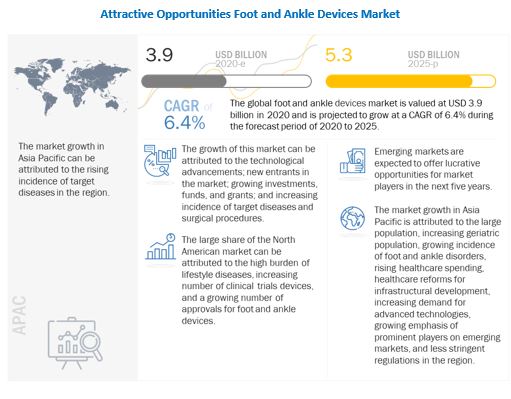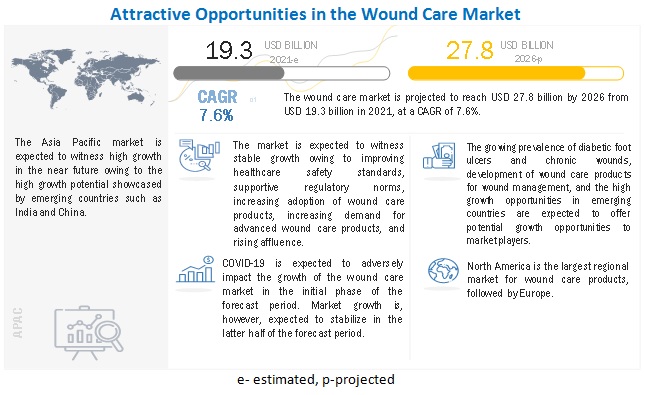According to the new market research report “Diabetes Care Devices Market by Type (SMBG, CGMS, Lancets, Insulin Pumps, Insulin Pens, Insulin Syringes, Mobile Apps), Patient Care Settings (Hospitals & Specialty Clinics, Self & Home Care), and Country (Brazil, Russia, India, China) – Forecast to 2025″, published by MarketsandMarkets™, the Diabetes Care Devices ((BRIC) Market size is projected to reach USD 4.3 billion by 2025 from USD 1.7 billion in 2020, at a CAGR of 16.2% during the forecast period.
Recent Developments:
- In February 2020, Abbott (US) received US FDA approval for the use of FreeStyle Libre 14-day Flash glucose monitoring systems in hospitals.
- In February 2020, Insulet signed a commercialization agreement with DexCom, Inc. (US) to allow its current and future CGM systems to connect to the former’s tubeless insulin pump system, OMNIPOD Horizon system.
- In April 2020, Ypsomed (Switzerland) entered into a partnership with DexCom, Inc. (US) to integrate its mylife YpsoPump data with DexCom’s G6 CGM sensors to form a hybrid closed-loop system.
Download PDF Brochure: https://www.marketsandmarkets.com/pdfdownloadNew.asp?id=375
The Factors such as the increasing diabetic population, rising awareness of diabetes treatment and management, and favorable national health strategies are expected to drive the growth of the diabetes care devices (BRIC) market.
The blood glucose monitoring systems segment is estimated to dominate the diabetes care devices market in 2020
Based on type, the diabetes care devices (BRIC) market has been segmented into blood glucose monitoring systems, insulin delivery devices, and diabetes management mobile applications. Under the blood glucose monitoring systems segment, the test strips segment is estimated to account for the largest share in 2020. The dominance of this segment can be attributed to the frequent requirement of test strips in blood glucose monitoring systems.
Self/home healthcare is projected to witness the highest CAGR in the diabetes care devices (BRIC) market during the forecast period
Based on end user, the diabetes care devices market has been segmented into hospitals & specialty clinics and self/home healthcare. The self/home healthcare segment is estimated to hold the largest share in 2020. This segment is also projected to grow at the highest CAGR during the forecast period. The rapid growth of the segment is attributed to the increasing awareness of diabetes self-monitoring and management, increasing recommendations from physicians for home healthcare for diabetes, and the increasing utility of home-based diabetes care devices to provide real-time insights regarding the condition due to the technological advancements of these systems.
Request Sample Pages: https://www.marketsandmarkets.com/requestsampleNew.asp?id=375
China to hold the largest share in the market in 2020, followed by India
China is projected to hold the largest share in the diabetes care devices (BRIC) market during the forecast period. This can be attributed to the sharp increase in diabetes in the country, favorable national health strategies, and government-led endorsements of medical device companies.
The prominent players in the diabetes care devices market include Medtronic plc (Ireland), B. Braun (Germany), DexCom, Inc. (US), Abbott (US), F. Hoffman-La Roche Ltd. (Switzerland), Ascensia Diabetes Care Holdings AS (Switzerland), LifeScan (US), AgaMatrix Holdings LLC (US), Acon Laboratories, Inc. (US), ARKRAY USA, Inc. (US), Novo Nordisk A/S (Denmark), Becton, Dickinson and Company (US), Sanofi (France), Terumo Corporation (Japan), SD Biosensor, Inc. (South Korea), MicroGene Diagnostic Systems Pvt. Ltd. (India), Ypsomed Holdings AG (Switzerland), Dr. Morepen (India), Sinocare, Inc. (China), Bionime Corporation (Taiwan), and Rossmax International Ltd. (Taiwan)
Speak to Analyst: https://www.marketsandmarkets.com/speaktoanalystNew.asp?id=375

